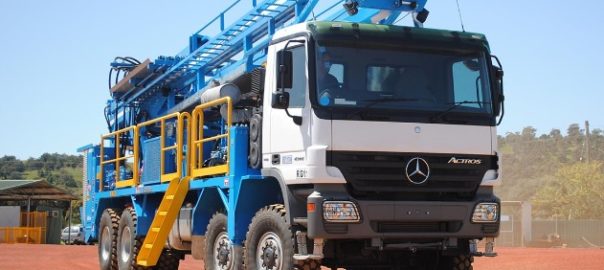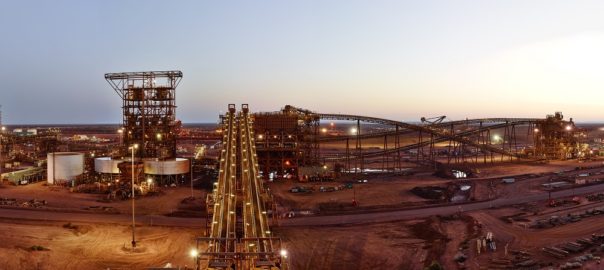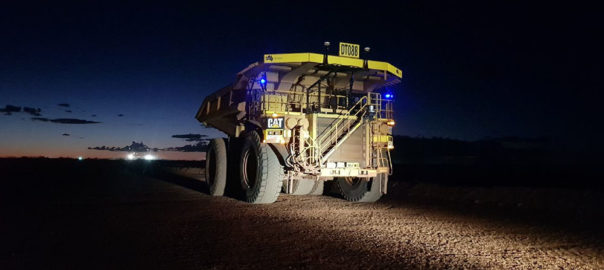Leading gas and engineering company, BOC, a subsidiary of Linde plc, has announced a project to provide hydrogen production and refuelling infrastructure for the first fleet of hydrogen coaches at Fortescue Metals Group’s Christmas Creek iron ore operation in the Pilbara region of Western Australia.
The A$32 million ($23 million) renewable hydrogen supply project will enable Fortescue’s 10 coaches to be fuelled with renewable hydrogen and will transport workers from its base camp to the mine site.
Christmas Creek will be the first mine in Australia to deploy hydrogen for transport and transition from diesel engines, according to BOC.
BOC will supply two 700 kW ITM electrolysers to produce renewable hydrogen through electrolysis. The electrolysers will have capacity to produce enough renewable hydrogen to power 10 hydrogen fuel cell coaches that carry around 3,000 workers to and from the mine site every day. A state-of-the-art Linde hydrogen refuelling station will also be supplied by BOC at a site in the Pilbara.
The project is expected to be completed by early 2022.
Linde is at the forefront in the transition to clean hydrogen and has installed over 190 hydrogen fuelling stations and 80 hydrogen electrolysis plants worldwide, according to BOC.
John Evans, Managing Director, BOC South Pacific, said the project will demonstrate BOC’s expertise in customised hydrogen solutions to suit the most challenging environments.
“BOC is proud to be the chosen partner in this exciting project that will demonstrate how renewable hydrogen can be used as a fuel for heavy vehicles in remote environments.
“Mining is a 24/7 operation which, together with the remoteness of the site, means that reliability is essential. BOC provided a solution that recognised the criticality of the application and we collaborated with Fortescue to design an application to protect the electrolyser and refueller from the environment in the Pilbara region.”
He concluded: “We look forward to working with Fortescue and our other partners to expand the use of hydrogen in heavy transport and remote applications – which are key priorities outlined in the Western Australian Renewable Hydrogen Strategy.”











